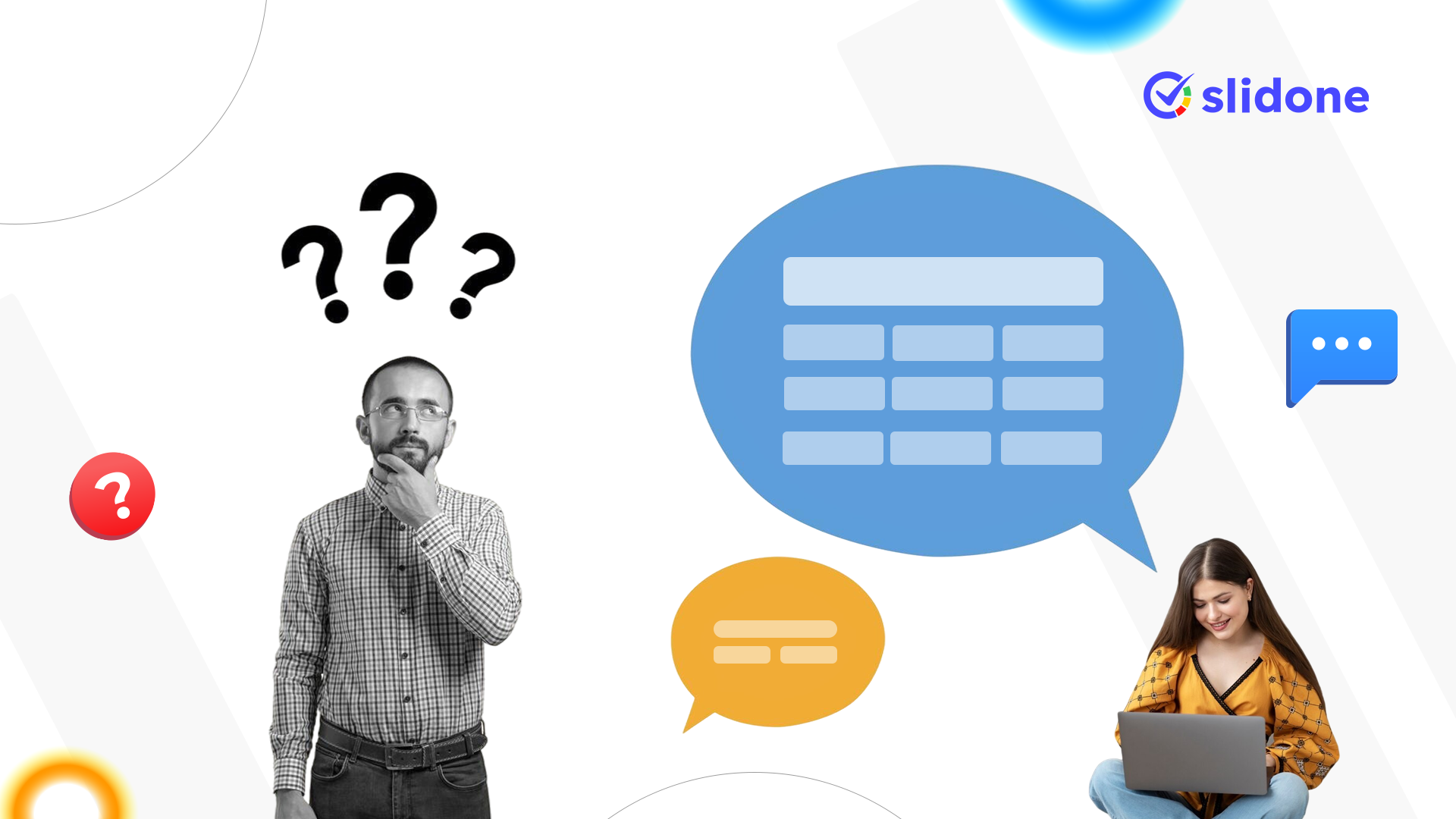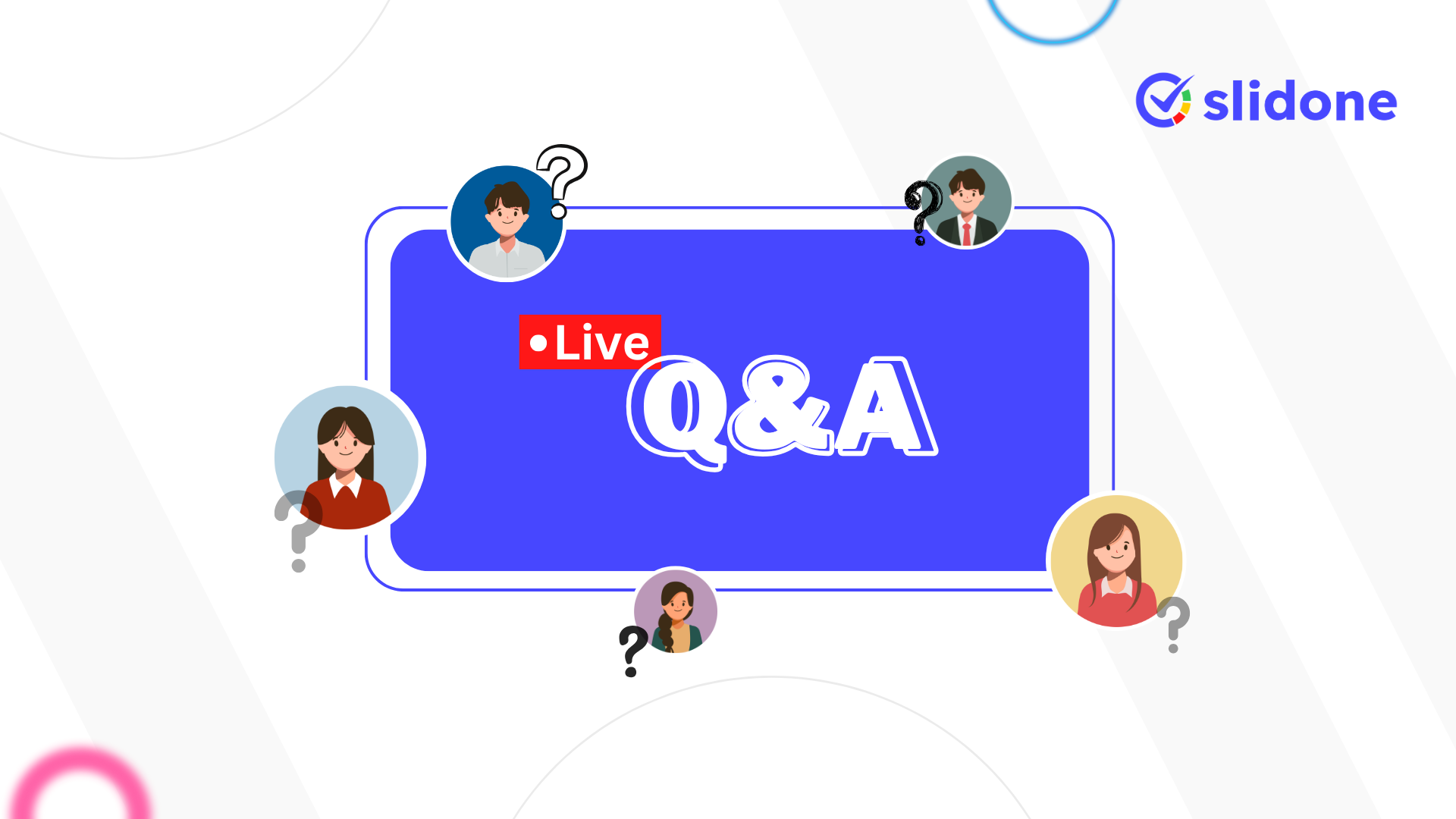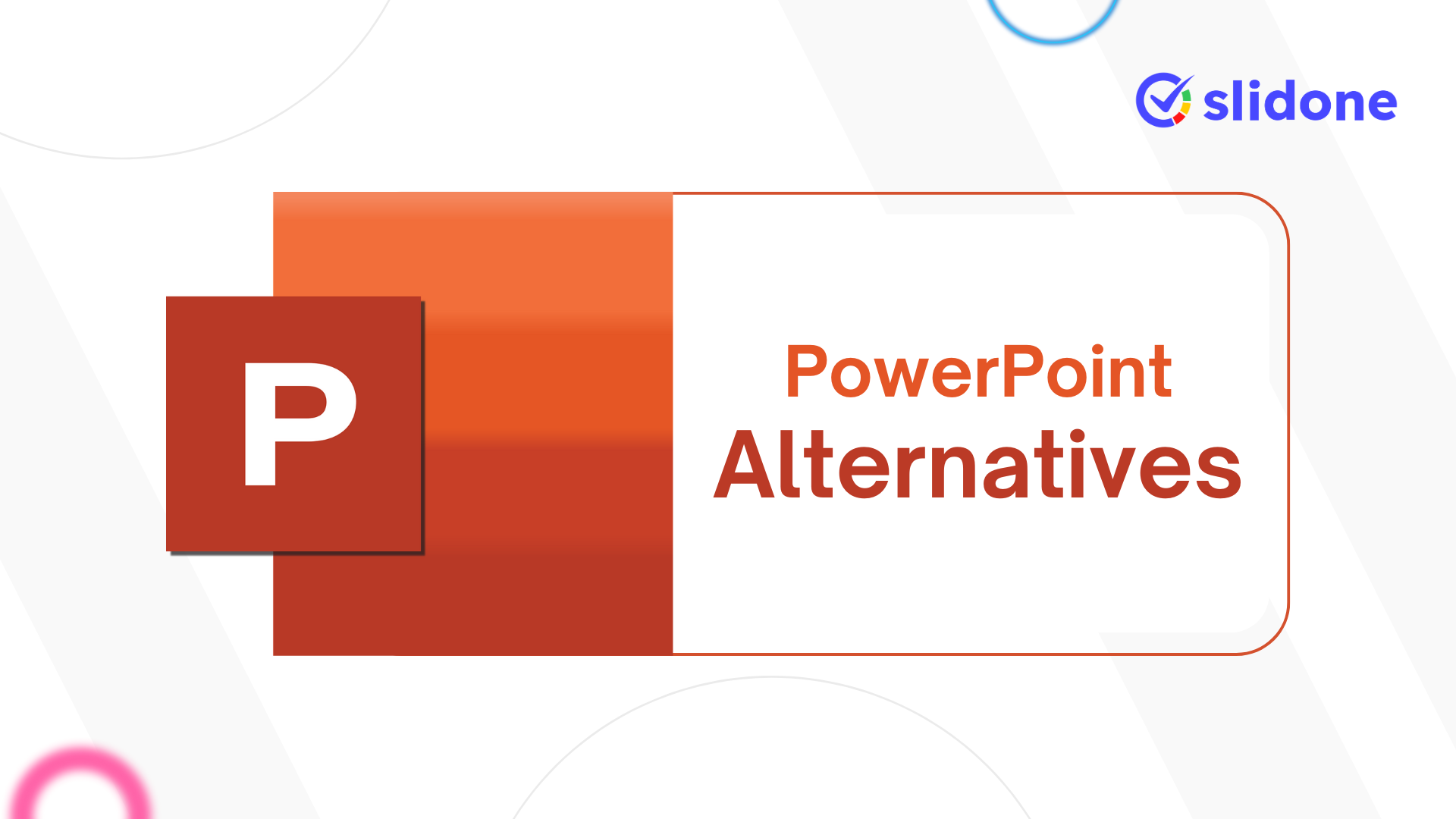Have you ever come across a captivating arrangement of words, varying in size, color, and orientation? That’s a word cloud, also known as a tag cloud. Word clouds are not just visually appealing; they offer a simple way to delve into text analysis by highlighting the most frequently used words. Commonly employed in education, business presentations, and website design, word clouds effectively underscore key themes or ideas.
In this article, we’ll delve into the essence of word clouds, unraveling their charm and practicality. Additionally, we’ll guide you through the uncomplicated process of creating one, ensuring accessibility for those who are not necessarily tech-savvy.
What is a Word Cloud?
A word cloud is like a visual snapshot of a bunch of words arranged in a specific shape or scattered layout. The size of each word tells you how often it appears or how important it is in a given piece of writing. We usually skip over common words like ‘the’, ‘is’, and ‘and’ to focus on the more meaningful ones. It’s like a cool way to quickly get what a bunch of text is all about. Imagine looking at a picture made of words, and the bigger the word, the more times it shows up in the writing. People like using word clouds to sum up big chunks of information.
Why use Word Clouds?
Word clouds can be used for various purposes.
1. Education:
Teachers use tools to help students understand important themes in a text or to review discussions. These tools are important because they make complicated ideas simpler and help students participate more. Teachers use these methods to improve students’ understanding and encourage them to be involved. In simple terms, these tools connect difficult concepts with what students can understand, making learning more interesting and easier.
2. Business:
In business presentations, word clouds are like lively pictures that show important things, such as what customers think and the main points in a report. These exciting visual tools not only get attention but also give a quick look at important information. They’re like colorful maps that show the most important parts. This makes the presentation interesting and makes complicated details easy to understand. It’s a clever and easy way to share important information and what customers are saying.
3. Personal Projects:
These tools are useful not just for work but also for personal projects, like making impressive resumes or designing special gifts. Whether you want to impress employers or show your creativity, these apps are flexible. Imagine easily creating a standout resume or making a heartfelt gift that people remember. With their easy-to-use features, these tools let you display your skills and ideas in a visually pleasing way. From work achievements to personal feelings, these apps make it simple to create meaningful projects that represent your unique personality and talents.
How to Make a Word Cloud: A Step-by-Step Easy Guide
Creating a word cloud is simpler than you might think. Here’s a step-by-step guide:
Step 1: Choose Your Text
Choose a piece of writing that you like, such as a part of a book, a talk, or messages on social media. Make sure it’s something that catches your interest. Now, let’s make it more interesting and meaningful. Pretend you’re selecting a story to share with a friend. Add details to make it captivating, and use simple words so everyone can understand. Don’t copy from others—make it your own. The aim is to create a story that’s easy to follow and enjoyable, like chatting with a friend.
Step 2: Select a Word Cloud Generator
Several online tools make it easy to create visual representations of text using word clouds. Popular options for live word cloud generators are Slidea, Wordle, Tagxedo, and WordArt, which are known for their user-friendly interfaces, making them accessible to everyone, regardless of their skill level. These platforms simplify the process of turning text into visually appealing word clouds. They cater to a wide audience by providing a simple design and easy accessibility. Whether you’re experienced or a beginner, these generators are user-friendly, ensuring a smooth experience. Now, making eye-catching word clouds is as simple as entering your text and letting the generator do the work.
Step 3: Input Your Text
Once you pick a generator, just copy and paste your text into it. Some generators also let you use a website link or upload a document. This makes it easy and user-friendly. It’s like choosing a tool for what you need and smoothly moving your content for changes. Plus, some generators let you work with website links or upload documents directly, giving you flexibility. The main aim is to make the whole experience easy and quick, so your original content can easily change with the generator as needed.
Step 4: Customize Your Word Cloud
Now that you’ve written your words, let’s add some style! Pretend you’re an artist playing with shapes, colors, and fonts. Have fun until your word cloud shows off your unique touch. Experiment with different looks until you find the one that feels just right. Think of it as your canvas, and each setting is like a brushstroke. Take your time; enjoy the process. When you finish, step back and appreciate what you’ve made. It’s not just words; it’s a visual story you’ve created. So, enjoy making your word cloud into something special!
Step 5: Remove Unnecessary Words
When you make a word cloud, you might see some words that don’t really add much meaning. Some tools can help by removing these less important words. You can choose to use this feature or delete irrelevant words yourself. This helps make sure your word cloud is more meaningful and focused on the important terms. Whether you let the tool do it or do it yourself, the aim is to make the visual representation clearer and more significant.
Step 6: Save and Share
Once you’ve made your awesome word cloud, make sure to save it! Most platforms let you download it as a picture. This makes it easy to show off in presentations, on social media, or even print it out. Saving it ensures your hard work stays safe, and you can easily share it with others. Whether you’re presenting to a group or posting online, having the image file makes it simple. So, don’t forget to click that save button and let your word cloud look fantastic wherever you decide to share it!
Tips for Making Effective Word Clouds
To ensure your word cloud is impactful, consider the following tips:
- Purpose: Always keep the purpose of your word cloud in mind. This will guide your choices in terms of design and complexity.
- Readability: Make sure your word cloud is easy to read. Avoid using too many colors or overly decorative fonts.
- Relevance: Only include words that add value and are relevant to your topic.
- Balance: Aim for a balance between creativity and clarity. A good word cloud should be both visually appealing and informative.
Conclusion
Word clouds are a simple but strong way to show text data. Whether you’re a teacher, a businessperson, or just someone who likes playing with words, making a word cloud can be a fun and insightful activity. By following the steps and tips in this guide, you can make interesting word clouds that effectively share your message.
Remember, the key to a great word cloud is not just the words you pick, but how you show them. So, try different texts, shapes, and colors to see what you can create. Your perfect word cloud is just a few clicks away!





Leave a Comment
Your email address will not be published. Required fields are marked *